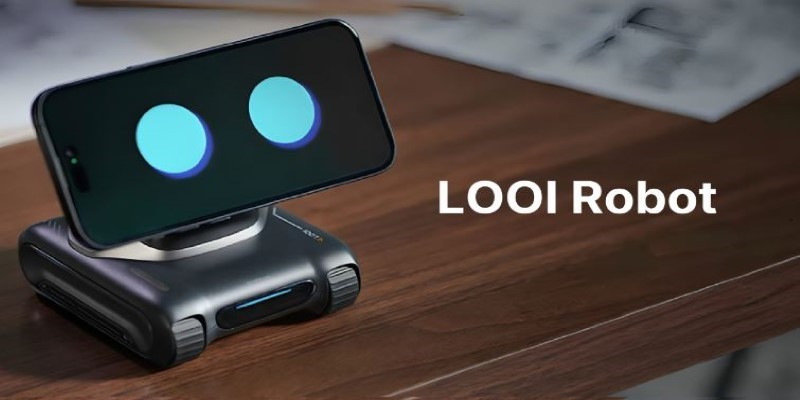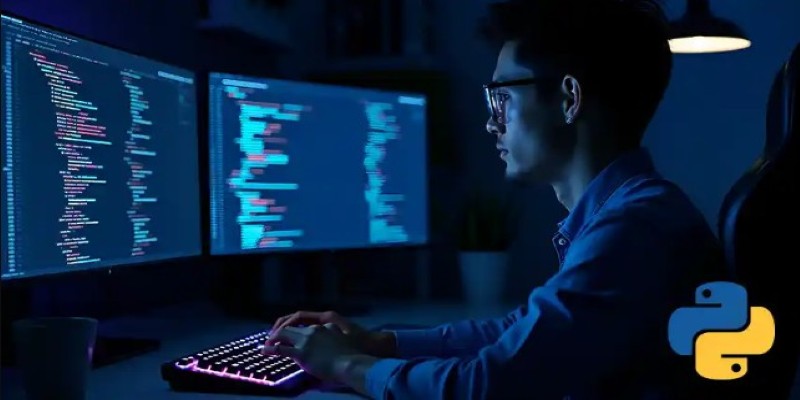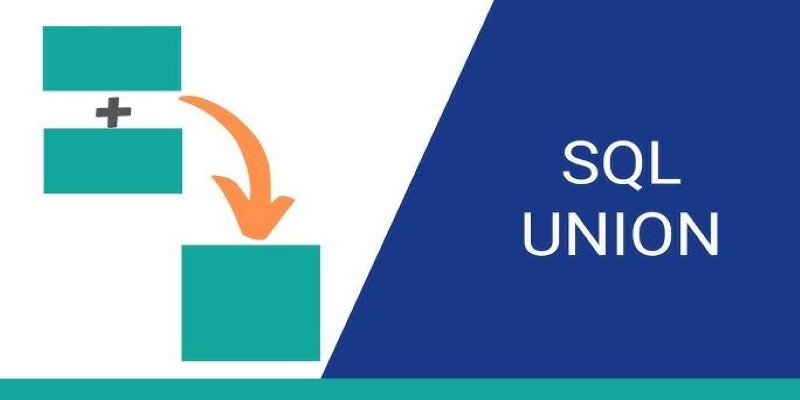Advertisement
Technology continues to push the boundaries of how machines understand human context. One area that’s seen serious progress is video recognition. Traditional methods often rely on raw pixel analysis or isolated frame processing. But there’s a new direction gaining ground: teaching machines to understand videos through the help of language. That’s where X-CLIP steps in. This model doesn’t just watch videos — it listens and reads between the lines.
A single frame doesn’t always tell the full story. Take a person walking into a room and picking up a phone. You might understand the context immediately, but a machine needs to decode that sequence across multiple frames. Standard models can miss the point because they don't know what matters in the scene — what’s background noise and what’s key action.
Language helps with that. It anchors abstract visuals to meaning. And that's where CLIP (Contrastive Language-Image Pretraining) made its mark — it connected images and words in a way that clicked. X-CLIP builds on this but goes a step further. It’s not just about images anymore — it's about motion, sequence, and narrative.

Unlike earlier models that treat each frame separately or try to summarize with too little context, X-CLIP introduces a more flexible approach. It blends language with video using pretraining that doesn’t need labeled video data to start working.
Here’s how it holds up:
X-CLIP learns by pairing short video clips with their corresponding text. Instead of hand-labeling thousands of clips, it trains on open-sourced video-text pairs. So, the model begins to understand, for example, that “a man riding a bike” should look a certain way over several frames.
It's not just about understanding what's in each frame but how things change across them. X-CLIP uses a structure that pays attention to both individual images and the motion between them. This allows the model to grasp concepts like cause and effect, progression, or even physical interaction in a video.
One of the standout parts is that X-CLIP doesn’t need task-specific training data. You can give it a prompt like “a person cooking pasta,” and it can identify matching video clips without ever being trained directly for that task. It recognizes what cooking looks like from a combination of words and visual patterns it has already learned.
X-CLIP is built on top of the original CLIP idea but introduces a way to bring motion into the picture. Here’s how the training unfolds:
It uses a Vision Transformer (ViT), which treats each frame as a series of patches — like breaking down a painting into tiles and then figuring out what each tile means and how they relate to each other. This works better than older models that rely on CNNs alone.
The text input goes through a Transformer, too. This helps the model understand not just individual words but the relationship between them. For instance, "man playing guitar" is not the same as "guitar playing man" — small shifts in language affect meaning.
The real magic happens when video and text are brought together. During training, X-CLIP gets thousands of examples where a video and a text description are paired. The goal? Make sure that matching video-text pairs are scored high and mismatched ones are pushed apart. Over time, this builds a shared space where video and language live side-by-side.
After the initial training, X-CLIP introduces a late fusion mechanism — a separate attention module that links the already-learned video and text representations. This final step allows the model to make better sense of long video sequences without drowning in noise.
This setup also helps X-CLIP manage more subtle shifts in movement. For example, distinguishing between "a person waving" and "a person signaling to stop" requires attention not just to gesture but to pace and context — something the Vision Transformer picks up through frame patches and sequential awareness. The cross-modal training allows these visual cues to be tied directly to phrasing differences, giving the model a better sense of nuance. With the late fusion layer, longer clips like instructional videos or dialogue scenes become easier to process without the model losing track of what's relevant.
Models are only as good as their real-world performance. X-CLIP shows impressive results on multiple benchmarks without needing fine-tuning. This means you can apply it to a new task right away, with no retraining required.

X-CLIP performs well in identifying actions across video clips, even in unfamiliar settings. Whether it’s someone opening a door or tossing a ball, the model gets the context right more often than earlier versions.
Imagine searching for “a dog jumping into a lake” in a large video archive. X-CLIP allows for natural-language queries like this and can retrieve relevant clips without you needing to tag each video manually.
It shines in standard video classification datasets like Kinetics-400, achieving higher accuracy than many supervised models despite being trained on less curated data.
X-CLIP is a clear step forward for video understanding, mostly because it stops treating visuals and language as separate worlds. It’s not perfect, but its ability to generalize across unseen tasks and adapt to different kinds of video data makes it especially practical.
As more open datasets become available and multimodal learning improves, models like X-CLIP are likely to shape how we handle video in both research and industry. Whether it’s helping sort user-generated content or supporting smarter video assistants, it's already proving that combining sight and language can lead to a sharper kind of machine intelligence.
Advertisement

Looking for a desk companion that adds charm without being distracting? Looi is a small, cute robot designed to interact, react, and help you stay focused. Learn how it works

How Georgia Tech is transforming supply chain management with AI through education, research, and partnerships, creating smarter and more resilient global networks

Work doesn’t have to be a grind. Discover how CrewAI and Groq help you design agentic workflows that think, adapt, and deliver—freeing you up for bigger wins

AI is used in the beauty and haircare industry for personalized product recommendations and to improve the salon experience

Need to round numbers to two decimals in Python but not sure which method to use? Here's a clear look at 9 different ways, each suited for different needs

Curious how IBM's Granite Code models help with code generation, translation, and debugging? See how these open AI tools make real coding tasks faster and smarter

How an AI assistant is transforming last-mile deliveries by improving efficiency, reducing costs, and enhancing customer satisfaction through smarter routing and coordination

Discover Reka Core, the AI model that processes text, images, audio, and video in one system. Learn how it integrates multiple formats to provide smart, contextual understanding in real-time

Learn how the SQL SELECT statement works, why it's so useful, and how to run smarter queries to grab exactly the data you need without the extra clutter

Learn how ThoughtSpot's AI agent, Spotter, revolutionizes conversational BI for smarter and more accessible business insights

Build scalable AI models with the Couchbase AI technology platform. Enterprise AI development solutions for real-time insights

Need to merge results from different tables? See how SQL UNION lets you stack similar datasets together easily without losing important details